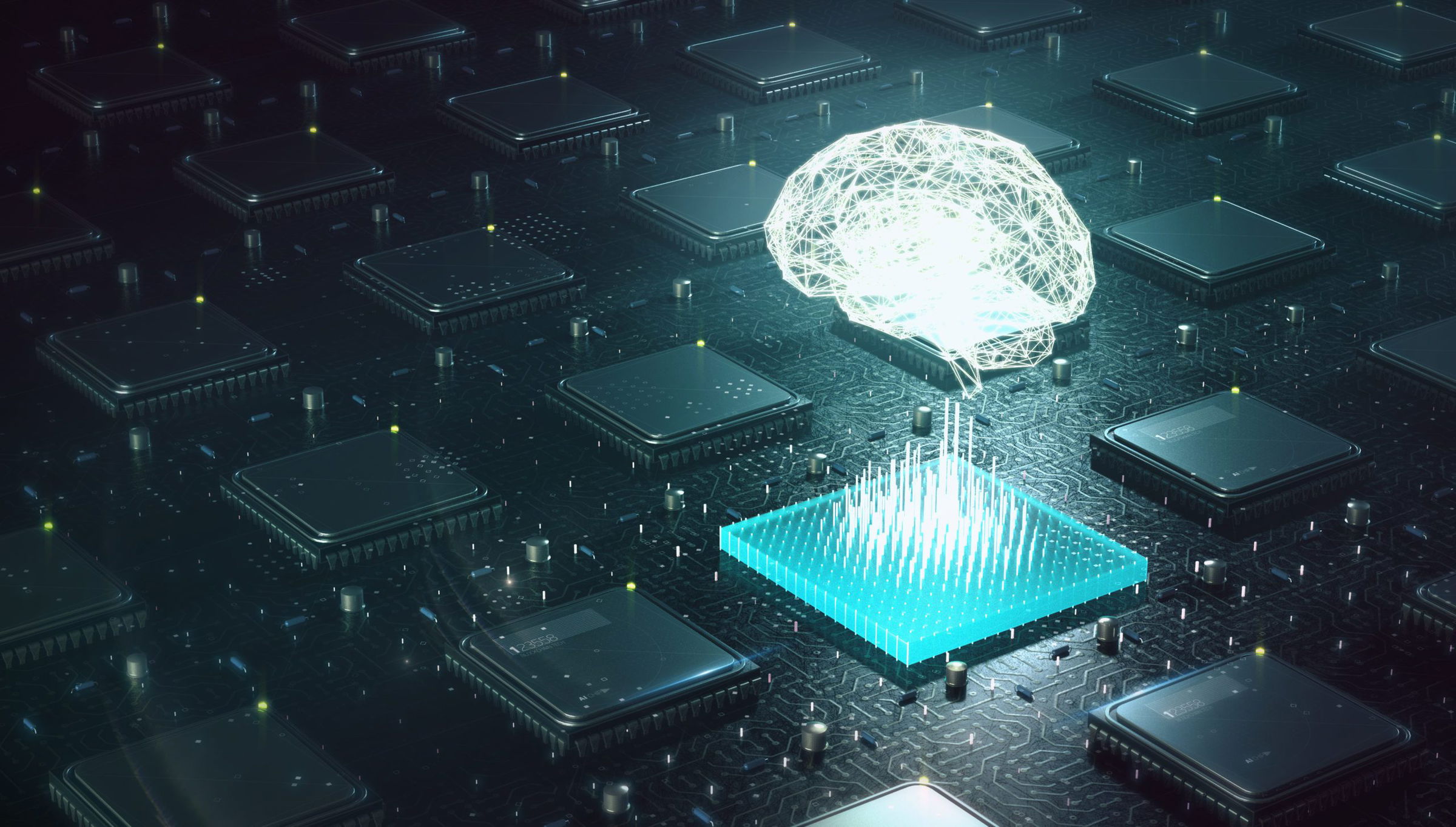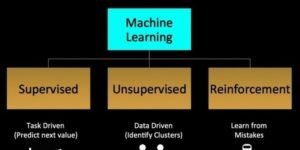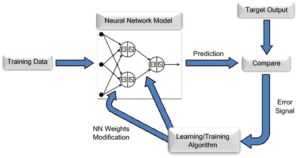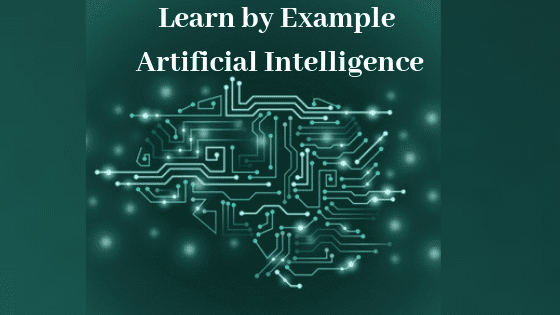Supervised Learning: The Stepping Stone Of Artificial Intelligence
Supervised learning is a form of machine learning that uses labeled examples to find patterns in unlabeled data. This is essential in developing artificial intelligence because it allows computer systems to learn from experience and also make predictions about unseen situations.
What Is Supervised Learning?
It is a machine learning technique that uses labeled data to train an algorithm. Supervised learning predicts a target variable’s value using a set of predictor variables.
For example, if we have a set of data that contains observations on people’s height and weight, we can use this information as input for our model so it can predict how tall or heavy each person will be at some point in time (e.g., twenty years from now).
The main idea behind supervised learning is that we have some training examples (data points) along with labels indicating whether those observations belong together (e.g., Is this person tall?). These labels can come from another source besides humans; they could be numbers representing probabilities instead!
The Algorithms That Make Supervised Learning Possible
Supervised learning is a type of machine learning that uses labeled training data to learn.
In supervised learning, we have two algorithms: regression and classification. Regression models continuous variables, while classification models categorical variables. The algorithm will be able to make predictions about new unseen data based on the known training set and its knowledge about how specific patterns are related to each other.
The Applications of Supervised Learning
Supervised learning uses labeled examples to train an algorithm. Supervised learning aims to create a predictive model where the labels are known and can use as inputs for the model.
Supervised learning is a potent tool. It makes predictions about future events, classifies data, and finds patterns in data. In particular, you can use supervised learning to detect correlations between variables and make predictions based on these correlations.
For instance, if you want to predict whether a company will bankrupt based on its financial status, supervised learning could help you analyze historical financial records of previous companies that went bankrupt and make projections about what might happen next for your business model.
Learn Machine Learning and Artificial Intelligence Course with Imarticus Learning.

Learn Supervised Learning by enrolling in the E & ICT Academy’s deep learning Artificial Intelligence certificate program. Learners will benefit from this IIT AI ML Course as they prepare for careers as data analysts, data scientists, machine learning engineers, and AI engineers.
Course Benefits For Learners:
- To gain real-world business experience and prepare for a fulfilling career in data science, students work on 25 real-world projects.
- Students can impress employers and showcase their skills with a certificate approved by the E & ICT Academy, IIT Guwahati, and an Imarticus Learning-endorsed credential.
- After completing this machine learning certification, students can find lucrative employment in the artificial intelligence and machine learning industries.
Contact us through the chat support system, or visit our training centers in Mumbai, Thane, Pune, Chennai, Bengaluru, Delhi, Gurgaon, or Ahmedabad.




 While you’re learning from a
While you’re learning from a 




 In the future, the interaction between humans and AI will define in a lot of ways the structure and functioning of a modern-tech society.
In the future, the interaction between humans and AI will define in a lot of ways the structure and functioning of a modern-tech society. In recent studies, a scientist is experimenting to teach AI to learn like a kid. They want to inoculate the eager learning attitude and swift skills of young people into the algorithms of machines.
In recent studies, a scientist is experimenting to teach AI to learn like a kid. They want to inoculate the eager learning attitude and swift skills of young people into the algorithms of machines.
 If you’re a student in a neural network course or a
If you’re a student in a neural network course or a  The
The 